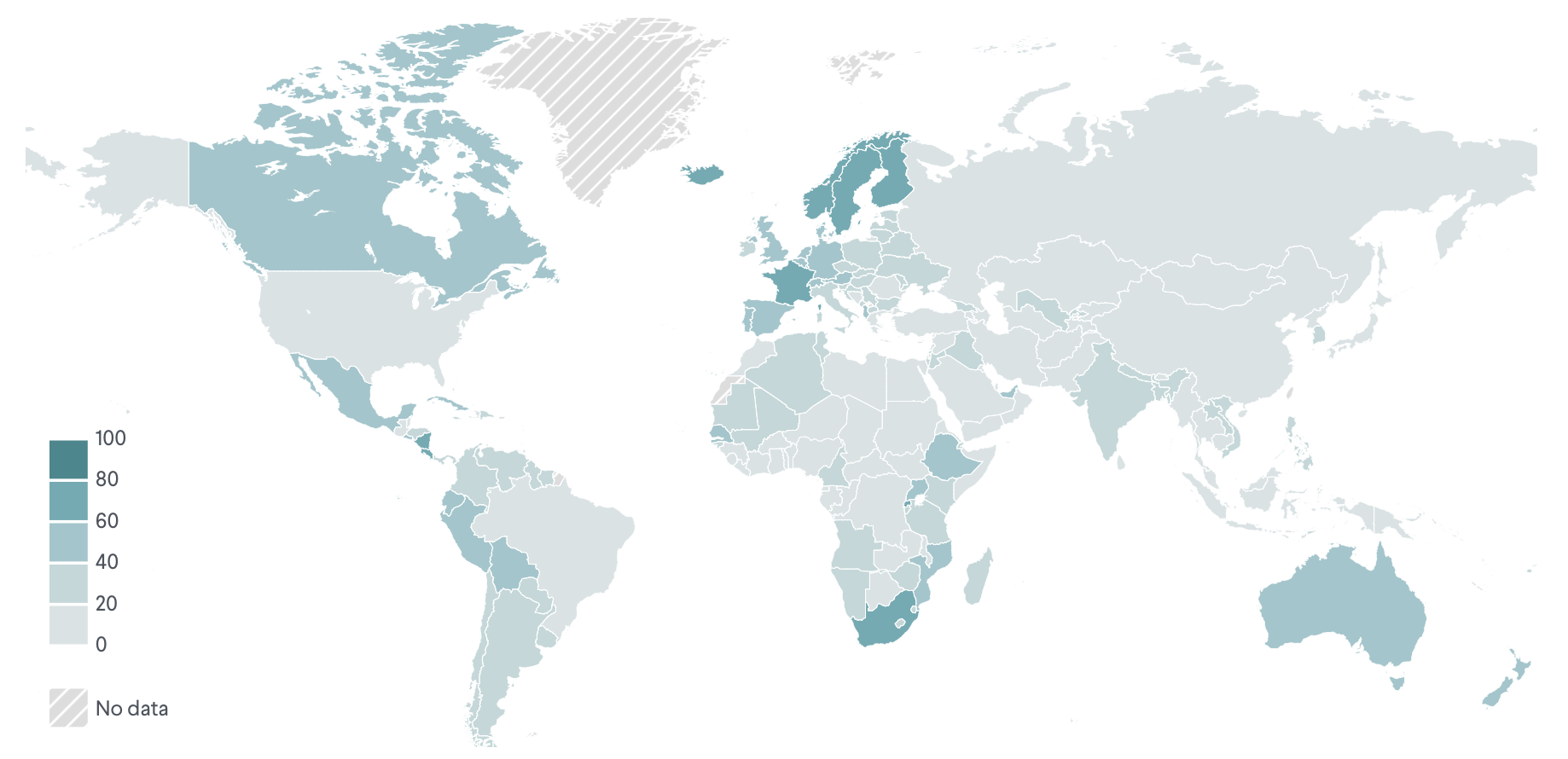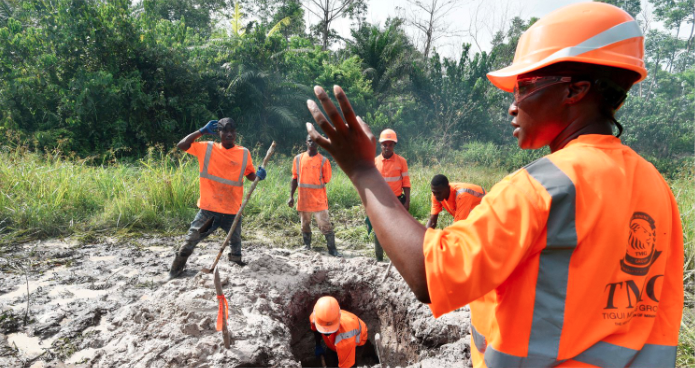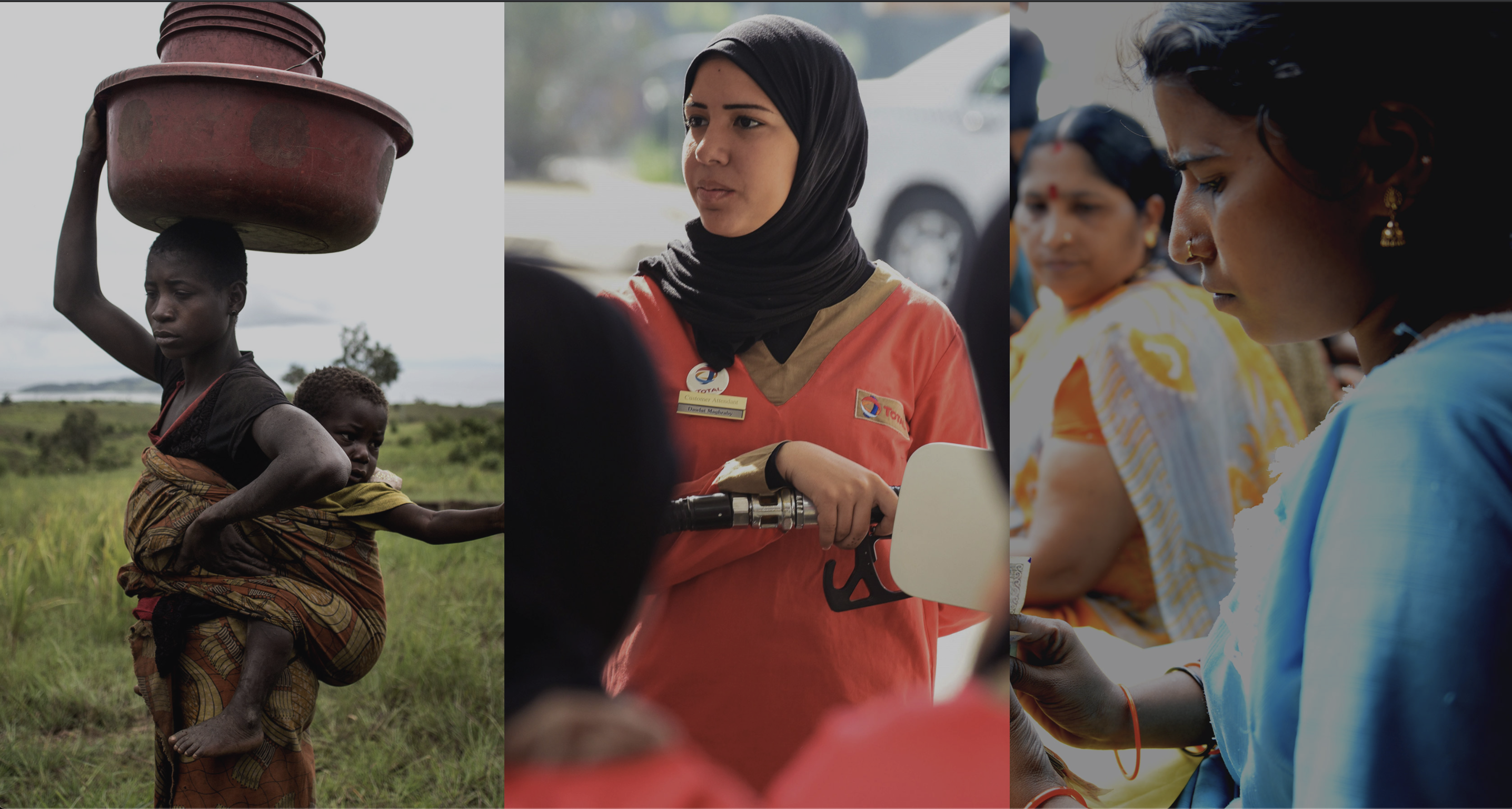The presence of women in positions of leadership can greatly reduce the likelihood of violent conflict emerging as well as the prospects for the peaceful resolution of existing conflicts. Research has shown that countries with greater gender equality are more likely to resolve conflicts without violence and are less likely to use military force to resolve international disputes. Conversely, countries with more significant gender gaps are more likely to be involved in inter- and intrastate conflict.
Concerted efforts to increase the number of women in conflict prevention, mediation, and resolution efforts, include the passage of United Nations Security Council Resolution 1325 in October 2000, which “urges Member States to ensure increased representation of women at all decision-making levels in national, regional and international institutions and mechanisms for the prevention, management, and resolution of conflict.”
UN Member States adopted this resolution because the evidence shows that higher levels of gender equality are directly related to increased levels of security and stability. In fact, women’s participation in conflict prevention and resolution can improve outcomes before, during, and after conflict. For example, women’s participation increases the probability of a peace agreement lasting at least two years by 20 percent and a peace agreement lasting fifteen years by 35 percent.
Yet despite this evidence, women’s participation in formal peace processes remains low. In 2022, women represented only 16 percent of negotiators in active peace processes led or co-led by the United Nations, a decline from 23 percent in 2020. No women were included in negotiating teams for conflicts in Ethiopia, Myanmar, the Balkans, Sudan, or Yemen. Only in Colombia did women approach parity in both the government and rebel negotiating teams. Of the eighteen peace agreements concluded in 2022, only one had a woman signatory. The United Nations has increased the role of women in UN mediation support teams to 43 percent, compared to 30 percent in 2019, and invited local women peacebuilders to brief 58 percent of its peacebuilding commission meetings.
Women’s participation in peacekeeping also remains low, despite ongoing UN efforts to increase their roles. Women comprise only 6.5 percent of the military and 15.8 percent of the police in peacekeeping missions. The terms of most peace agreements also continue to fall short: only one-third of peace agreements reached in 2022 contain specific provisions addressing the needs of women and girls. Overall, countries are still far from reaching the goal set by the United Nations of achieving “full, equal, and meaningful participation” in peacemaking, peacekeeping, and peacebuilding by 2030.
Continued failure to include women in peace processes ignores their demonstrated contributions and overlooks a potential strategy to respond more effectively to security threats around the world.
A growing body of research and case studies of current and past peace processes reveal how women’s participation—whether in official negotiating roles or through grassroots efforts—contributes to reaching lasting peace agreements. The vast majority of peace agreements reached since 1990 fail to reference the conflict experience or postconflict contributions of half their countries’ population.
Listen to interviews with U.S. diplomats and global leaders on their contributions to peace and security processes around the world, from Iran to Liberia to Northern Ireland.






